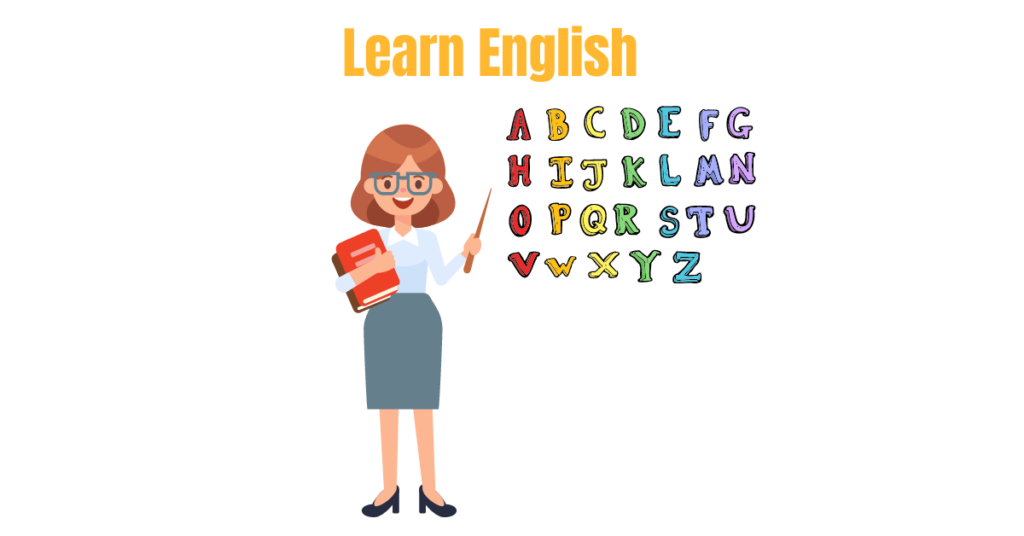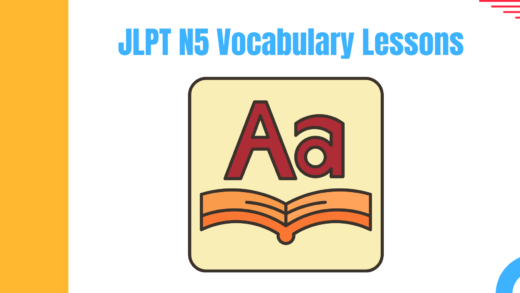When I first began studying TOS, I felt completely overwhelmed and disoriented. It seemed too hard, so I read everything our lecturer had given us, plus some extra articles and documents I tracked down online. Because reading is insufficient, I looked up how to make TOS on YouTube. I learned the hard way that there are no set rules for formulating a TOS. In short, I had misconceptions about TOS.
Something occurred to me as our team worked to finalize our TOS. As we discussed what to put in our TOS, I learned two new skills: how to ensure activities match the learning goals and how to find the best way to measure how much students have learned. It is indeed a handy tool for educators.
The TOS is like a manual for teachers. To become a better educator, the TOS can help me plan ahead, structure my classes, and tailor my instruction to each of my student’s individual learning needs, structure my classes, and tailor my instruction to each. Additionally, I have learned that TOS allows me to anticipate student confusion and prepare by outlining my steps to guide them back on track during class.
Our school never uses TOS. We simply encode lesson plans and our assessment tools/strategies in Excel sheets that are that are that are shared with all the teachers for them to review and learn from. Because I know how important TOS is and how it affects evaluation and learning, I want to use it before I start a new unit of instruction. The process of creating a TOS may appear daunting at first. However, it is helpful in the long run for making judgments using instructions, determining if the assessment method is connected with the activities and learning objectives, and also to make sure that activities encourage students to master skills to become self-regulated students.
Latest posts
- JLPT N4/N5 Learning Materials
- English – Grade 1
- Self-introduction for HOA
- CVC Words
- The Ongoing Transformation of Education in the Philippines






Leave a Reply